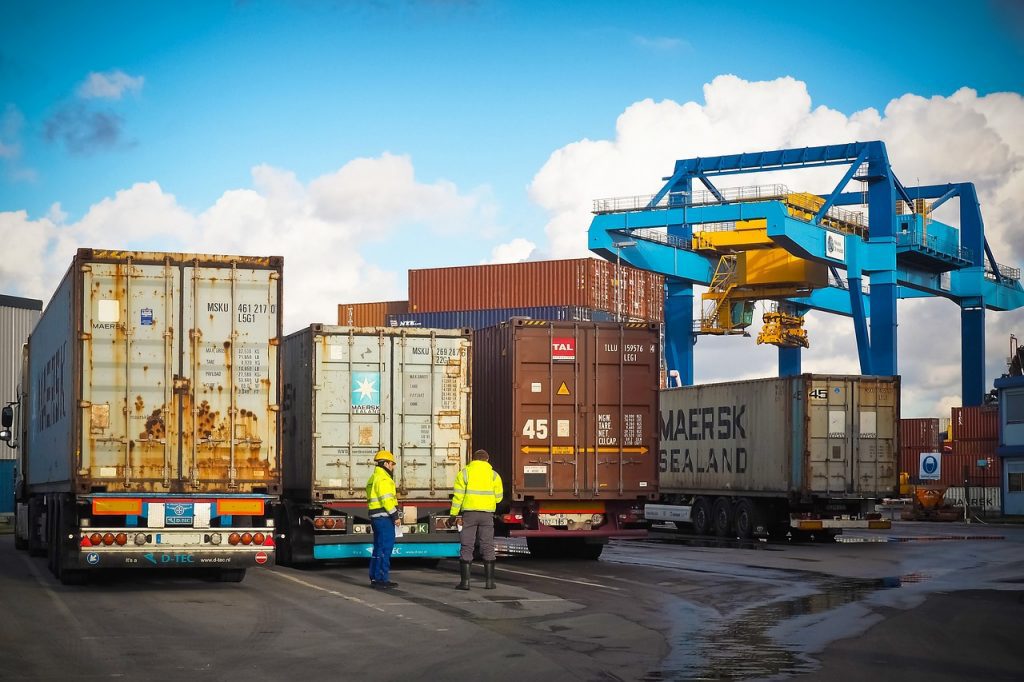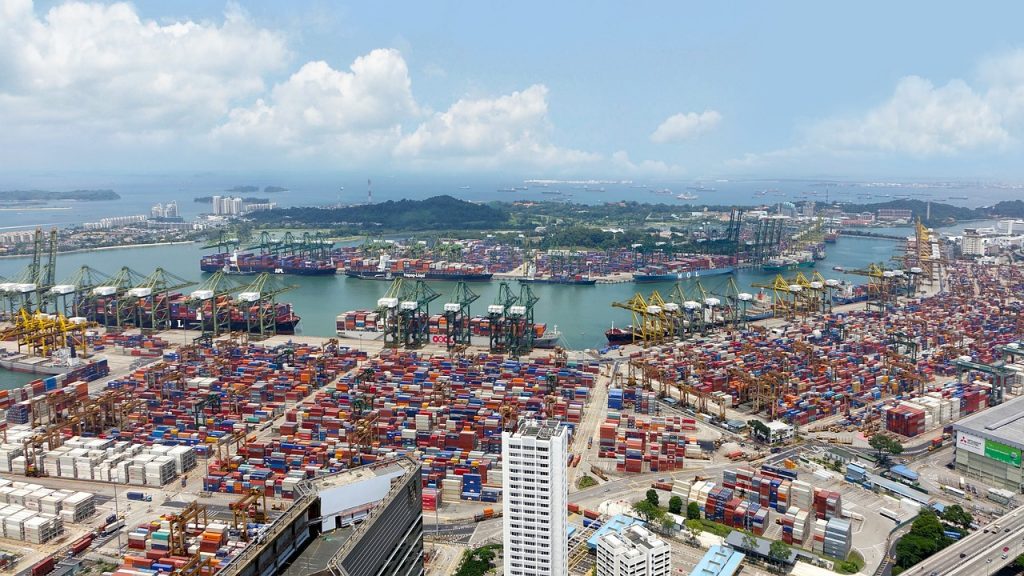Trend Development of China’s Logistics Industry in 2024
With the continued development of the Chinese economy and deepening global trade, the logistics industry, as a vital link between production and markets, has garnered significant attention regarding its development trends.
- Overall Recovery and Growth of the Logistics Industry
In 2024, the logistics industry continued its recovery trend, contributing to an overall improvement in economic operational efficiency. The social logistics volume reached 88 trillion yuan in the first quarter, a year-on-year increase of 5.9%, accelerating by 0.5 percentage points compared to the fourth quarter of the previous year and rising by 2 percentage points compared to the same period last year. Industrial goods logistics volume accounted for 88% of the total logistics volume structure, indicating a strong support role for logistics in the production sector. The continuous effectiveness of policies, such as large-scale equipment updates and the implementation of schemes related to replacing old consumer goods with new ones, along with the central government’s repeated emphasis on effectively reducing the overall social logistics costs, have positively impacted logistics development. Investment in logistics-related fixed assets has maintained stable growth, with railway transportation investment increasing by 17.6% and aviation transportation investment growing by 35.4%.
Multimodal transport and other areas showed accelerated development trends in the first quarter, enhancing transportation logistics efficiency and coordination. For example, in Ningxia, effective connections between national and provincial trunk roads and industrial parks were strengthened to promote the construction of integrated transportation highways and railways, thereby facilitating efficient transportation of bulk goods.

Data released by the China Federation of Logistics and Purchasing showed that logistics demand recovered rapidly in March, with the business climate index significantly rebounding into the expansion zone. The logistics industry’s business climate index was 51.5%, up by 4.4 percentage points from the previous month. All major sub-indices saw comprehensive increases, with the business volume index, new orders index, and inventory turnover index showing noticeable rebounds.
In 2024, significant progress in artificial intelligence (AI) applications in the logistics industry is also expected, particularly in areas such as route planning, demand forecasting, and asset management. AI will help optimize inventory levels, making inventory management more intelligent.
The government’s statements on logistics and supply chain aspects in the government work report also indicate new trends in logistics and supply chain policies in 2024.
Global trends in freight and logistics industries indicate that contract logistics growth potential remains at a relatively high level and will continue to grow, with only 30% of the market share currently outsourced. Forecasted revenues for the period 2023 to 2027 show a slight decline but still maintain a compound annual growth rate (CAGR) of 4.1%. The growth rate for 2024 is expected to be slightly lower than the previously forecasted 3.7%.

- Diversification of Logistics Business and Development of Niche Markets
The diversification of logistics business is a significant characteristic of industry development. In the first quarter of 2024, the total revenue of the logistics industry reached 3.1 trillion yuan, a year-on-year increase of 4.5%, indicating that logistics demand and the recovery of logistics business trends are generally synchronized. Particularly in segments such as e-commerce and rural logistics, there was a significant increase in business volume indices, indicating rapid development and enormous potential in these areas. The average business volume index for rural e-commerce logistics was 127.0 points, outpacing the overall e-commerce logistics business volume index by 2.4 percentage points, attributed to the growth in rural demand and continuous improvement of county-level logistics distribution systems.

- Technological Innovation and the Advancement of Intelligent Logistics
Technological innovation is a key factor driving the development of the logistics industry. In 2024, AI applications in the logistics industry are becoming increasingly widespread, particularly with significant progress made in route planning, demand forecasting, and asset management. By accurately predicting customer demands, AI helps optimize inventory levels, making inventory management more intelligent and thereby improving the operational efficiency of the entire logistics industry. In addition, the accelerated development of multimodal transport, such as a nearly 20% increase in containerized public rail transport volume in Jiangsu Province and a nearly 30% year-on-year increase in containerized rail-water transport volume in Hubei Province, demonstrates the significant role of multimodal transport in enhancing logistics efficiency.
- Policy Support and Sustainable Development of the Logistics Industry
Government support and policy orientation for the logistics industry will directly influence the direction and pace of industry development. The government’s policy support, including investment in infrastructure construction, optimization of logistics network layout, and promotion of green logistics development, will provide a solid foundation for the sustainable development of the logistics industry.
Driven by various factors such as policy support, market demand, technological innovation, the logistics industry in China showed positive development trends in 2024. The overall recovery trend of the logistics industry was evident, rapid development of diversified business, advancement of technological innovation and intelligent logistics, and policy support for the sustainable development of the logistics industry collectively constitute the main trends of industry development. Looking ahead, China’s logistics industry is expected to continue to maintain steady growth, providing stronger support for economic development.

Comments are closed